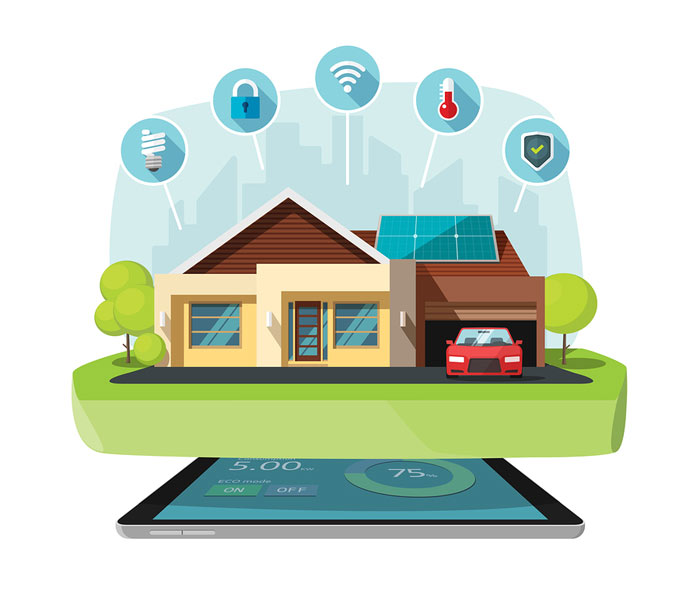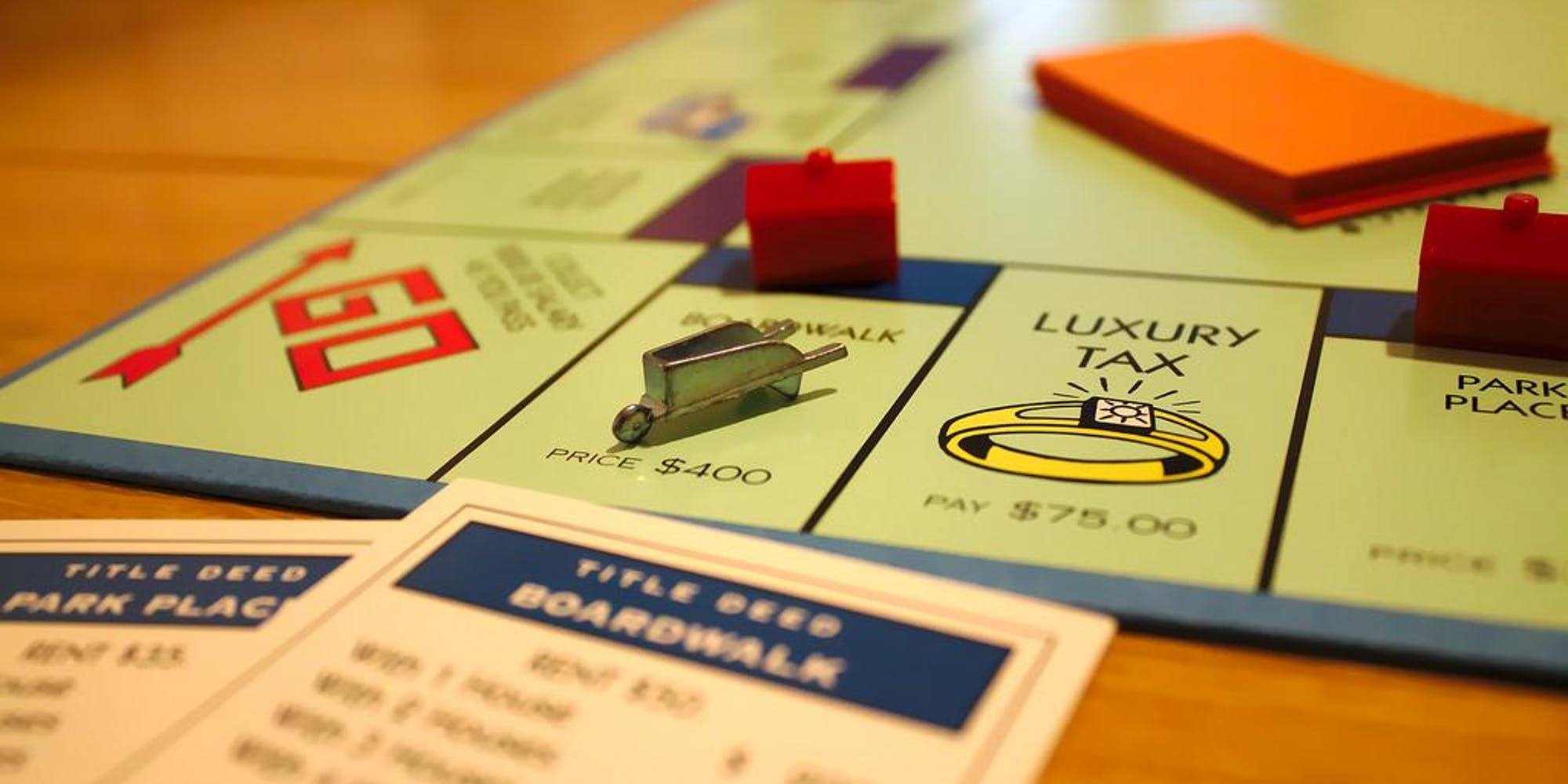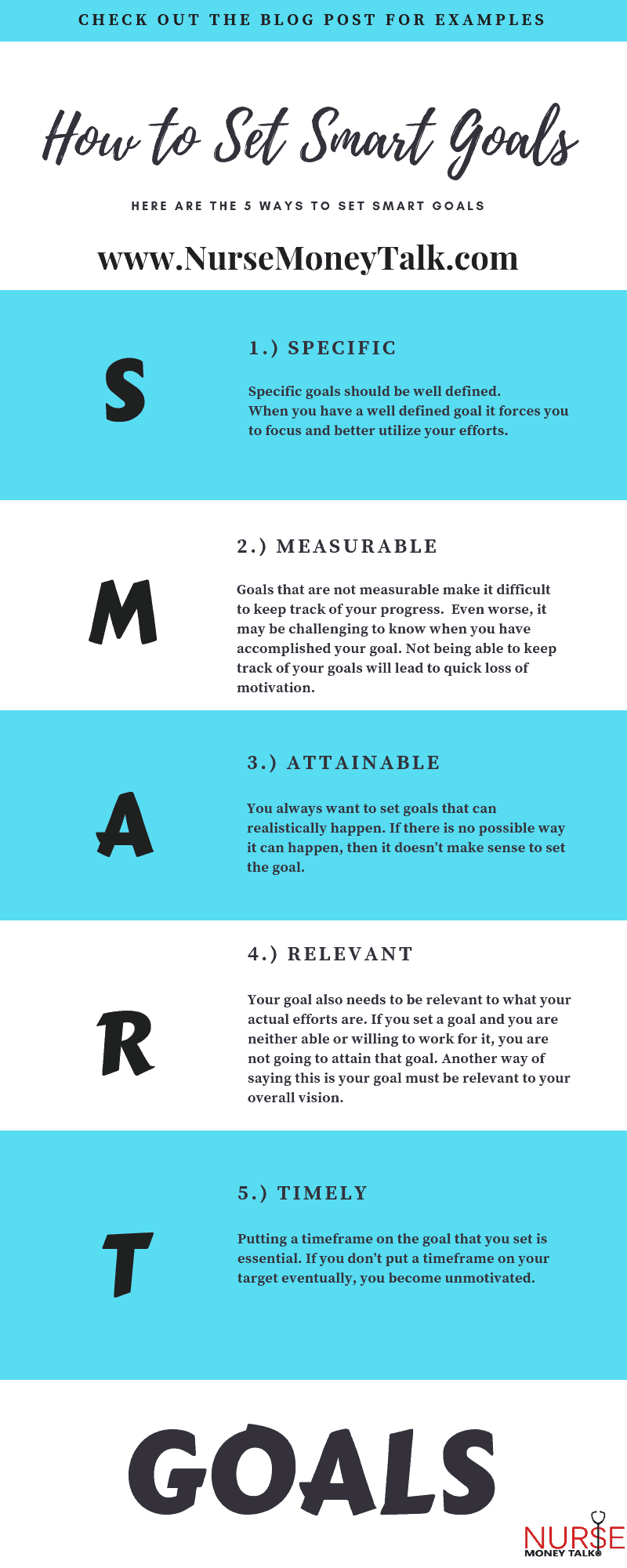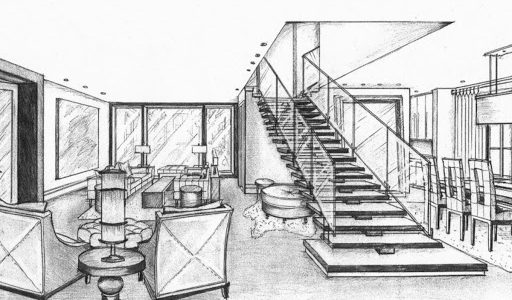Table of Content
Through the phone app, users can remotely turn appliances on or off, set up timers or schedules, monitor energy use, and more. Integrate the smart plug with virtual assistants like Alexa for voice control, and complete actionable steps by asking the assistant to make adjustments. Installation is as simple as plugging the smart outlet into the wall and plugging the appliance into the smart outlet.
Smart lights allow you to control the lighting in every room of your house from your mobile device. Did your seven-year-old forget to turn off the lights in the kitchen? Or configure your lights to turn on and off at set times, and never worry again if someone forgot to turn off the lights before you leave for the day. What you need to turn your regular home into a smart home are 1) a wifi connection, 2) smart home appliances and 3) a smart home system to connect, monitor, and control these devices. A smart home means your home has a smart home system that connects with your appliances to automate specific tasks and is typically remotely controlled. You can use a smart home system to program your sprinklers, set and monitor your home security system and cameras, or control appliances like your refrigerator or air conditioning and heating.
Smart Lighting
If you have easy access to your ducts and are willing to DIY, duct sealant can fix any leaks that have developed. Insulation is measured in terms of its R-value; the higher the number, the better its insulating properties. R-values are cumulative, as well, so two layers of R30 insulation is equivalent to R60.

They also connect to Thread, which is purported to be a faster, more stable network technology to enhance the smart home experience. Finally, small one-time investments, like replacing old incandescent and fluorescent bulbs with LEDs, create essentially permanent energy savings, paying for themselves many times over in the form of lower utility bills. And like mom said, remember to turn the lights off when you leave a room.
Bloomberg Daybreak
The Nanoleaf Essentials Bulbs look like typical lightbulbs except for the unique geometric design. If you use an opaque or translucent lampshade, you won't even see that, but it's a fun touch regardless. At their white light settings, each bulb will put out the same amount of brightness as a typical 75W bulb from an actual power draw of just 9W. It maxes out at 1,100 lumens, which means that it's putting out an impressive and efficient 122.2 lumens per watt. As explained in this excellent video from PNNL, low-E windows have special coatings that let visible light pass through but reflect most ultraviolet and infrared wavelengths, the latter of which we perceive as heat.
It was during this time that he and his colleagues developed an early version of the energy management system. He took the project with him when he moved to Bosch Thermotechnology in Wernau near Stuttgart, where his team has been honing Energy Manager since 2016. “With Energy Manager, smart-home owners can cover up to 50 percent of their annual energy needs using the electricity they have generated locally,” Weiss says.
The Smart Home
“My electric car or my smart meter are both connected to the internet for their own individual reasons, but then you can start to do things like charging your car when electricity is cheap. That’s actually relatively trivial to add, just with a little bit of software. Embedded intelligence within devices and connected intelligence when it comes to the complete outlook of smart home energy. Smart energy systems are being led by demand, met by supply that may well be increasingly variable as nations become increasingly reliant on renewables.
A key element that allows all of the emerging Smart Grid technologies to function together is the interactive relationship between the grid operators, utilities, and you. Almost a quarter of internet users use smart solutions such as thermostats, smart meters, and light controls for energy management in their homes according to a new study from the Central Statistics Office. Whether you've already got a smart home setup or you're looking to dip your toe into smart home waters, Nanoleaf Essentials Bulbs are a worthwhile addition to your home. If your needs are pretty simple, you'll have them set up and working in no time, regardless of which platform you're using to anchor your connected living space. Just be prepared to spend some time exploring and experimenting with the app to figure out how best to put these bulbs to work.
Smart Home Energy Management
Smart-home energy monitors fit into the home’s electrical panel and connect wirelessly to other devices in the home. A WiFi-and Bluetooth-enabled home monitor can communicate and interact with other smart-home devices. Energy monitors allow you to monitor your energy use, set energy budgets, and view your energy costs in real-time. They connect to your electricity meter to show you how much energy your home is using. And they come with a variety of features, from recognizing the energy usage of individual appliances to generating personalized recommendations for energy efficiency.
Smart homes can pinpoint areas where you’re using more energy than you need to, allowing you to cut back in those areas and save money. The impact of energy storage innovations and smart-grid developments. Innovative residential smart-energy programs from utilities and their relationship to other industry value chain participants.
They can be raised and lowered like regular windows, so you can let fresh air in on nice days. And they provide nearly as much insulating performance as double-pane low-E windows for a far lower investment of time, money, and labor. And Metzger noted that, anecdotally, many people think storm windows improve the look of their home, too. See the real-time costs of energy use with this easy-to-use home energy monitor from Eyedro. Its sensors clip into an electrical panel to feed information to an online dashboard using the provided Ethernet cable, but it also has a Wi-Fi option. Log in to the Eyedro website to see energy usage any time, even when away from the house.
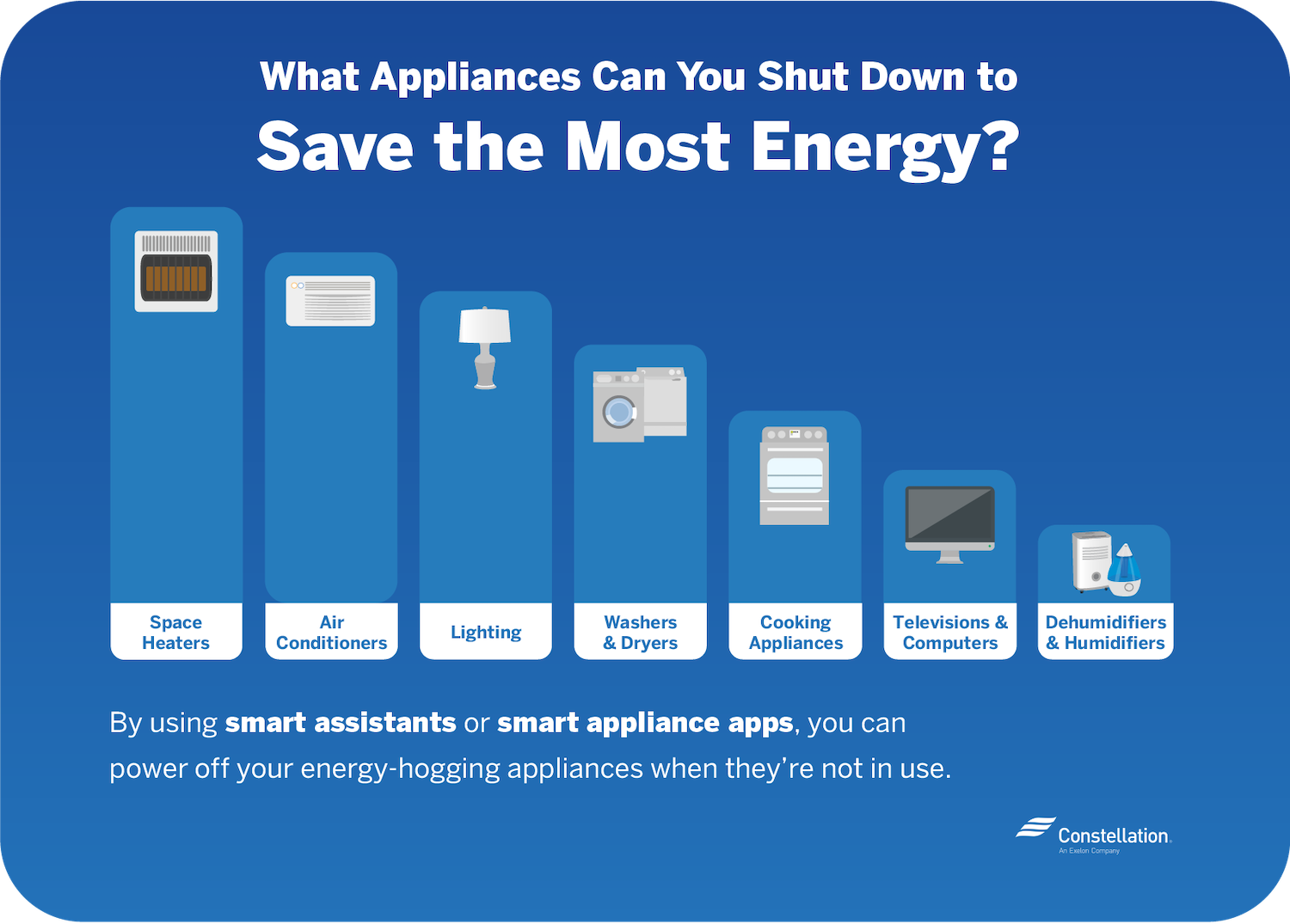
Your utility service may also have its own programs to help people make such upgrades. “Utilities are paying out real money, and they’re doing it because it benefits them by reducing strain on the grid,” said Bramson. The difference in efficiency between contemporary and older appliances can be astonishing—just between 1981 and 2013, for example, the annual energy consumption of fridges in the US decreased by 65%. Weatherizing is a fairly easy and low-cost way to make your home more energy efficient, but if it’s not an option for you—or if your home is already well sealed and insulated—you may be able to take a few other steps.
Typically, the monitor includes sensors that clip to individual circuits and a small unit that analyzes the information. The number of individual circuits to be monitored can influence the choice of which home energy monitor to purchase. Many home energy monitors have a downloadable app with a dashboard that tracks usage, trends, and more from a phone or computer. In some cases, the app can review and initiate action items from remote locations.

The concept of demand-side response has been used for decades at a very high level. Aluminium smelters or big factories, for example, have often had a special deal with the supplier, based on supply levels. And it doesn’t matter whether it’s using cellular or Wi-Fi to do that. They’re very different standards from a technical point of view, but my email app doesn’t care, because they’ve been through the narrow waste of IP Internet Protocol and this fundamental thing has made the internet explode. “The good news is we don’t need to do things like that anymore because we have the internet, and the genius of the internet is IP, the Internet Protocol setting. So, on my phone, I’ve got a lot of applications, and I’ve got a lot of ways for the phone to communicate to it, it could use Wi-Fi or it can use cellular.
Create an energy hub for the connected home
Get stock recommendations, portfolio guidance, and more from The Motley Fool's premium services. Energy companies have been reporting record profits in 2022, helped by inflation in the wake of the pandemic and years of underinvestment in infrastructure. Many of these companies have been reinvesting their windfall into new energy generation projects, renewable energy, and returning cash to shareholders via dividends and share repurchases.
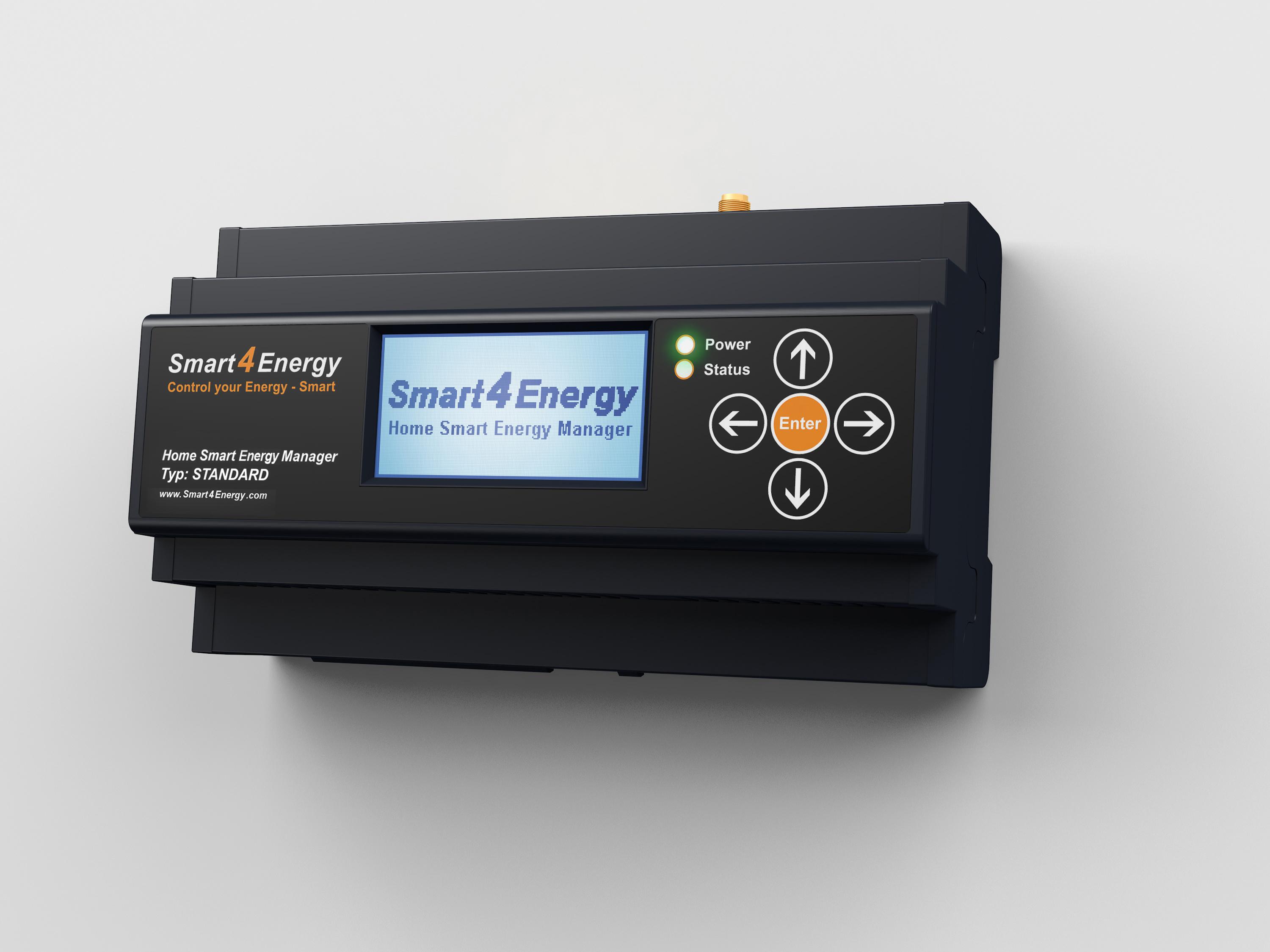
A well-sealed, well-insulated home is a more comfortable and energy-efficient home, and with electricity rates rising and natural gas becoming more expensive, it’s also a cheaper home to run. Weatherizing a home is the process of improving its airtightness and its ability to retain heated and cooled air, and it does not have to be massively expensive or terribly difficult. Below, we walk you through the basic steps that experts we spoke with—independent researchers, home energy contractors, and a utility representative—suggest as the most cost-effective ways to weatherize.
